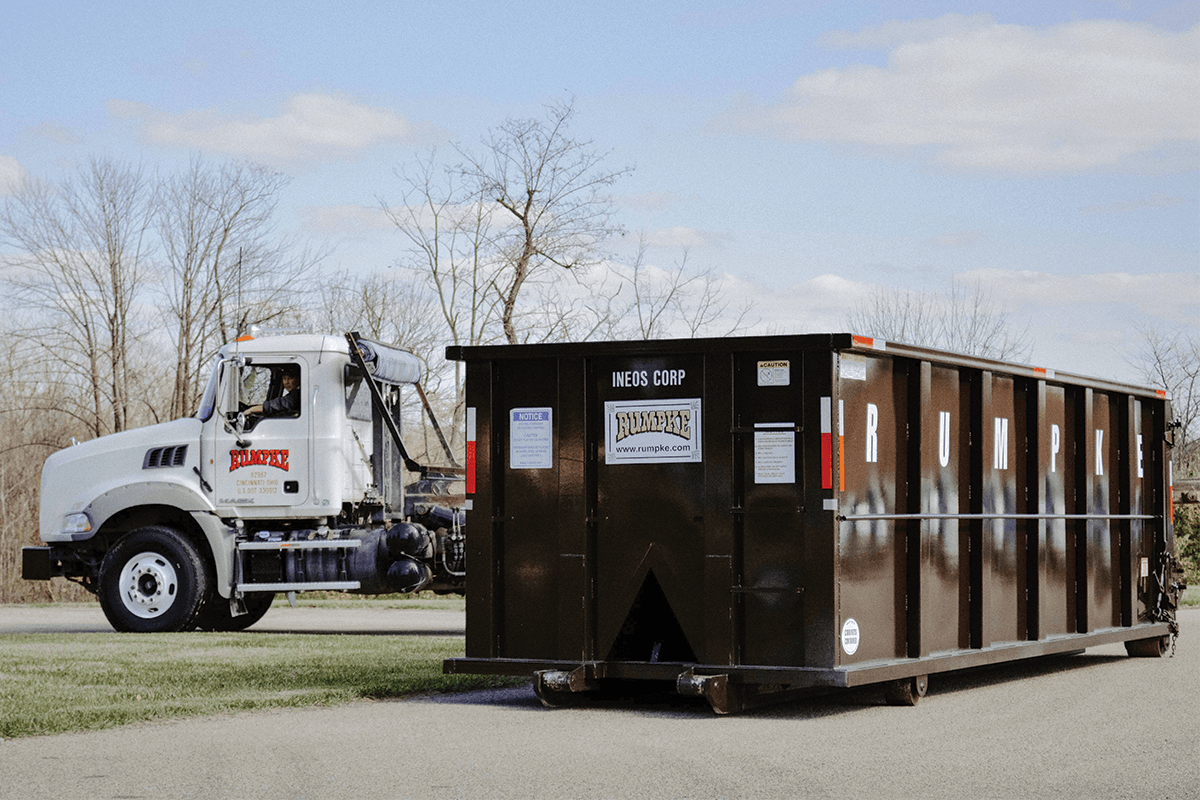Moving to a new home is an exciting chapter in life, whether you’re relocating across the street or across the country. However, it can also be overwhelming if you’re not prepared. Understanding how moving services work in the United States and planning carefully can save time, reduce stress, and help ensure a smooth transition.

1. Types of Moving Services
In the U.S., moving services are generally offered in three main forms:
- Full-Service Moving Companies: These companies handle the entire process, including packing, loading, transporting, and unloading your belongings. Some also provide unpacking services. This option is convenient and suitable for large households, families with children, or those with fragile items, though it is often more costly.
- Self-Service Moving: You pack your items yourself, and the company handles transportation. Many services provide portable storage containers that allow you to pack at your own pace before transport.
- Do-It-Yourself (DIY) Moving: Renting a moving truck or trailer and managing the move yourself is usually the most affordable option, but it requires physical effort and careful planning.
2. Choosing the Right Moving Service
Selecting the right company is important for a safe and smooth move:
- Licensing and Insurance: Ensure the company is registered and properly insured to protect your belongings.
- Reputation and References: Look for reviews or ask friends and family for recommendations. Reliable companies are usually transparent about costs and services.
- Costs and Services: Request detailed estimates and make sure you understand what services are included. This helps avoid unexpected charges.
3. Packing Tips
Proper packing can prevent damage and make settling in easier:
- Declutter Before Packing: Donate or discard items you no longer need. Fewer belongings reduce packing time and moving costs.
- Label Boxes Clearly: Mark boxes with the room and contents. Keeping an inventory list is useful for large moves.
- Pack Safely: Use sturdy boxes, bubble wrap, or blankets for fragile items. Keep heavy items in smaller boxes for easier handling.

4. Timing and Planning
- Plan Ahead: Begin preparing 4–6 weeks before your move.
- Consider the Season: Summer is a busy time for moving; off-peak seasons like fall or winter can make scheduling easier.
- Allow Extra Time: Unexpected delays can happen. Giving yourself a buffer reduces stress.
5. Insurance for Your Belongings
Even with careful packing, accidents can occur. Many moving services offer:
- Basic Coverage: Minimal protection for your belongings.
- Full Coverage: Comprehensive protection that includes repair or replacement for damaged or lost items.
Consider additional coverage for valuable items such as electronics, antiques, or artwork.
6. Other Practical Tips
- Utilities and Services: Arrange disconnection at your old home and connection at the new home for electricity, water, and internet.
- Update Your Address: Notify banks, insurance providers, and other important contacts.
- Pack an Essentials Bag: Keep a bag with toiletries, clothes, medications, and important documents for the first few days.
- Plan for Children and Pets: Ensure safe care for children or pets on moving day to make the process smoother.

Conclusion
Moving doesn’t have to be stressful. Understanding the types of services available, choosing a reliable company, packing efficiently, and planning carefully can make your relocation easier and more organized. With preparation and attention to detail, moving can be a smooth and even enjoyable experience.



